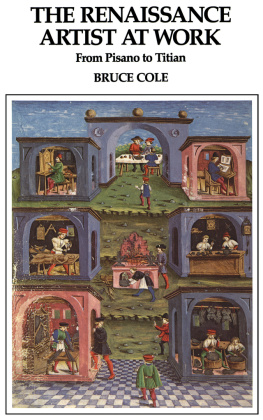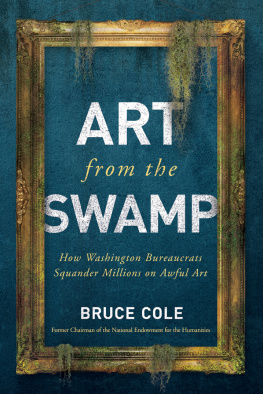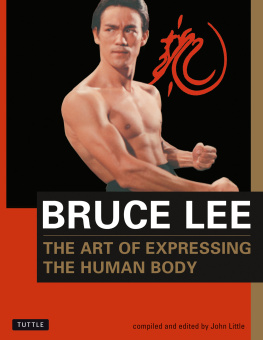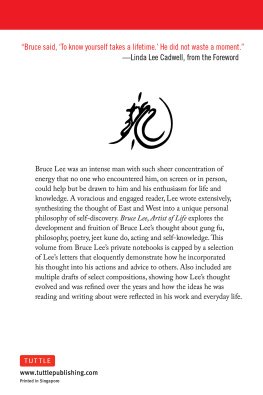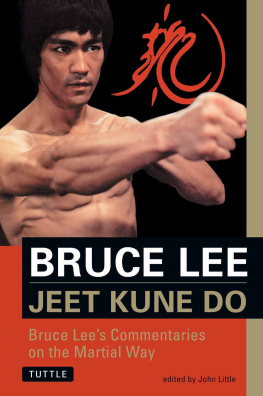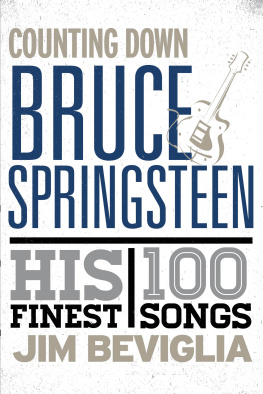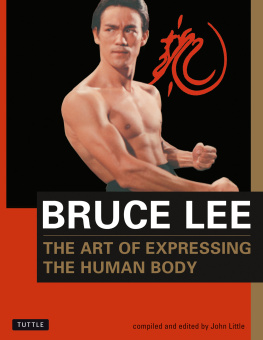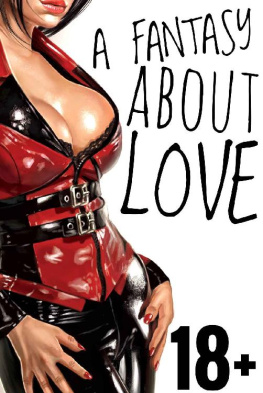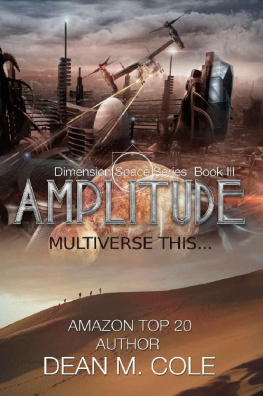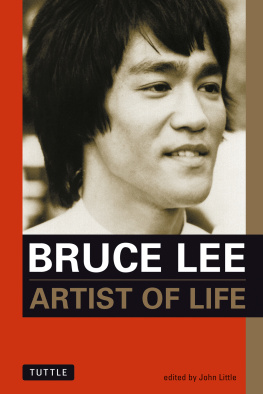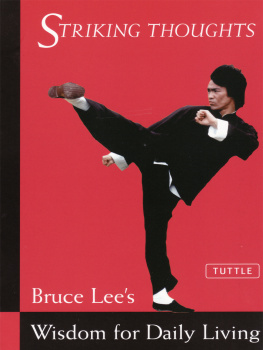Bruce Cole - The Renaissance Artist At Work
Here you can read online Bruce Cole - The Renaissance Artist At Work full text of the book (entire story) in english for free. Download pdf and epub, get meaning, cover and reviews about this ebook. publisher: Taylor & Francis (CAM), genre: Art. Description of the work, (preface) as well as reviews are available. Best literature library LitArk.com created for fans of good reading and offers a wide selection of genres:
Romance novel
Science fiction
Adventure
Detective
Science
History
Home and family
Prose
Art
Politics
Computer
Non-fiction
Religion
Business
Children
Humor
Choose a favorite category and find really read worthwhile books. Enjoy immersion in the world of imagination, feel the emotions of the characters or learn something new for yourself, make an fascinating discovery.
- Book:The Renaissance Artist At Work
- Author:
- Publisher:Taylor & Francis (CAM)
- Genre:
- Rating:5 / 5
- Favourites:Add to favourites
- Your mark:
- 100
- 1
- 2
- 3
- 4
- 5
The Renaissance Artist At Work: summary, description and annotation
We offer to read an annotation, description, summary or preface (depends on what the author of the book "The Renaissance Artist At Work" wrote himself). If you haven't found the necessary information about the book — write in the comments, we will try to find it.
Bruce Cole: author's other books
Who wrote The Renaissance Artist At Work? Find out the surname, the name of the author of the book and a list of all author's works by series.
The Renaissance Artist At Work — read online for free the complete book (whole text) full work
Below is the text of the book, divided by pages. System saving the place of the last page read, allows you to conveniently read the book "The Renaissance Artist At Work" online for free, without having to search again every time where you left off. Put a bookmark, and you can go to the page where you finished reading at any time.
Font size:
Interval:
Bookmark:

THE RENAISSANCE ARTIST AT WORK
BOOKS BY BRUCE COLE
The Renaissance Artist at Work
Masaccio and the Art of Early Renaissance Florence
Sienese Painting from Its Origins to the Fifteenth Century
Agnolo Gaddi
Giotto and Florentine Painting 1280-1375
From Pisano to Titian

Bruce Cole

For Ulrich and Gloria Middeldorf
First published 1983 by Westview Press
Published 2018 by Routledge
711 Third Avenue, New York, NY 10017, USA
2 Park Square, Milton Park, Abingdon, Oxon OX14 4RN
Routledge is an imprint of the Taylor & Francis Group, an informa business
THE RENAISSANCE ARTIST AT WORK. Copyright 1983 by Bruce Cole.
All rights reserved. No part of this book may be reprinted or reproduced or utilised in any form or by any electronic, mechanical, or other means, now known or hereafter invented, including photocopying and recording, or in any information storage or retrieval system, without permission in writing from the publishers.
Notice:
Product or corporate names may be trademarks or registered trademarks, and are used only for identification and explanation without intent to infringe.
First Edition
Designer: Charlotte Staub
Library of Congress Cataloging in Publication Data
Cole, Bruce, 1938
The Renaissance artist at work.
(Icon editions)
Includes bibliographical references and index.
1. Art, Renaissance. 2. ArtistsSocial conditions.
3. ArtistsEconomic conditions. 4. Art patronage.
I. Title.
N6370.C56 1983 709'.45 82-48102
ISBN 0-06-430129-X
ISBN 13:978-0-06-430129-9 (pbk)
Renaissance art was made in a culture vastly different from our own, so different in fact that most of our ideas about art would have been unintelligible to those living during the period. Yet over the years I have discovered that students of art, and a great many of the books they read, tend to treat the works of Renaissance artists as though they were produced for twentieth-century eyes. This is of course quite permissiblethe appreciation and enjoyment of art are not bound by rigid rules. But it seems to me that a fuller, more basic comprehension of Renaissance paintings and sculptures may be gained by trying to put them in their context.
I have attempted to do so by devoting sections of this book to the environment of Renaissance art, to artistic education, to the function, location, and patronage of art, to the physical structure and construction of the works, and to some of the types of art made during the period. I hope that the following chapters will provide a foundation for further study of the history of Renaissance art, but I will be well pleased if this book helps the reader only to regard that art as a product of its own time.
The term "Renaissance" is a flexible one and each author uses it in a different way. Here I shall discuss works (mainly from central Italy, because I know them best) made in the three centuries between 1250 and 1550. Mine is certainly a long Renaissance, but it is also one that allows a wide time span, something desirable in an introductory book of this nature.
Because this is a text for nonspecialists, I have addressed it both to the student of art and to the interested general reader. Detailed investigation into many of the topics covered may be initiated by consulting the books and articles cited in the notes.
As usual, I owe thanks to friends. Heidi Gealt was always a steady source of encouragement and advice. Barry Gealt patiently taught me much about painting. In Florence, Helen Ronan took time away from her own work to help with a number of problems. Linda Baden, Cynthia Cot, Mary Davis, Charles Mitchell, Julia and Peter Bondanella, Patricia Harpring, Pamela J. Jelley, and Diane Vatne all gave much aid. I am also grateful to my family, who patiently put up with many inconveniences while this book was being written. For time to look and write in Florence I am indebted to the John Simon Guggenheim Foundation, the Samuel H. Kress Foundation, and the American Council of Learned Societies.
Cass Canfield, Jr., my editor at Harper & Row, supported this book from the start; my debt to him is, once again, incalculable.
B.C.
Piazza Santa Croce,
Florence
From the window of the jet, the visitor gets the first glimpses of Italythe snow-covered Alps, their brown foothills, and then the green plains strewn with deep, glistening lakes. As the aircraft continues southward toward Rome, it passes over the high Apennines, running like an enormous spine down the boot-shaped peninsula bounded by the azure Mediterranean. This is the topography of Italy: the alternation of steep, stony hills, rugged mountains, and fertile plains. Such a land makes for arduous travel and difficult communication between centers of population. To reach the nearest town, often one still has to creep up one mountain and descend another; off the new superhighways, travel time doubles and triples.
The physical character of the peninsula has had a profound effect on the development of the civilization within it. Originally settled by the still shadowy Etruscans and seafaring Greeks, the country became one of the great ancient civilizations under the Romans, who conquered and colonized it. The Romans brought peace and prosperity to the peninsula and founded many of the cities that were to become important during the Renaissance. Under their rule, the peninsula for the first time was pacified, unified, and governed by a central authority. But order and tranquility were not to last, for beginning in the third and fourth centuries, the Roman Empire started to disintegrate. Growing pressure from the Barbarian tribes abroad and moral exhaustion and political mayhem at home resulted in the breakup of the old Roman hegemony and eventually the end of the ancient world.
Lacking the stability and organization of Roman rule, faced with economic and political crises, the cities rapidly began to decline. The garrison town of Florence, for example, could no longer fill even the small area circled by her Roman walls. Citizens fled the foundering, besieged cities for the relative safety of the countryside.
By the fifth century, trade and commerce had almost disappeared.
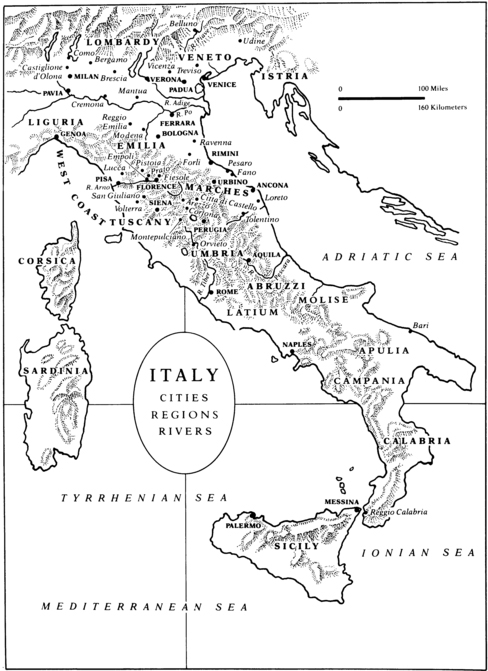
Map of Italy Showing Principal Mountain Chains and Important Artistic Centers.
Clinging to the hills or hidden in the valleys and plains, groups of people scratched a living from the land. Frightened, suspicious of outsiders, these fragmented rural groups became increasingly isolated and provincial. The easier, safer travel possible under Roman rule was gone. Wild and dangerous, the forbidding land now harbored not splendid cities and a bountiful countryside but a splintered civilization.
But by the eleventh century there were the first stirrings of a new urban era. People began to return from the land to the underpopulated, run-down cities. The gradual growth of commerce, the formation of town government, the establishment of city churches, the birth of rudimentary industry, and the rise of the construction trade all furnished employment for the recent emigrants from the countryside.
Font size:
Interval:
Bookmark:
Similar books «The Renaissance Artist At Work»
Look at similar books to The Renaissance Artist At Work. We have selected literature similar in name and meaning in the hope of providing readers with more options to find new, interesting, not yet read works.
Discussion, reviews of the book The Renaissance Artist At Work and just readers' own opinions. Leave your comments, write what you think about the work, its meaning or the main characters. Specify what exactly you liked and what you didn't like, and why you think so.

